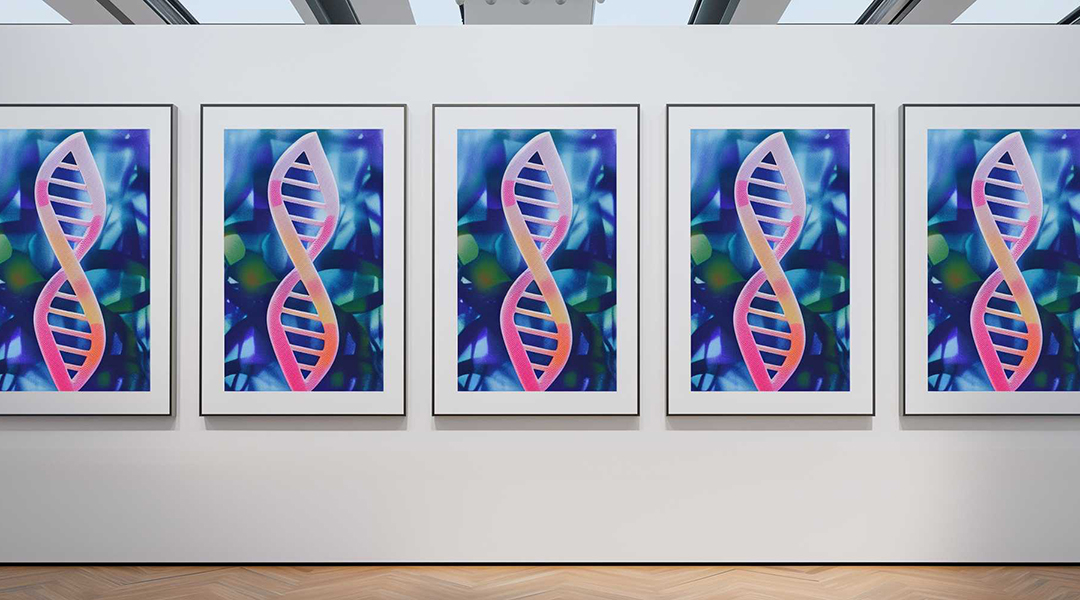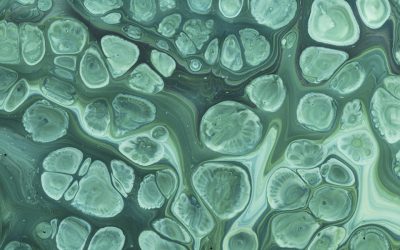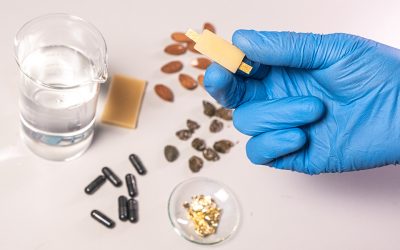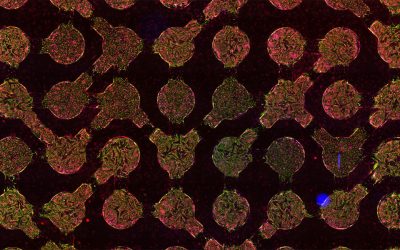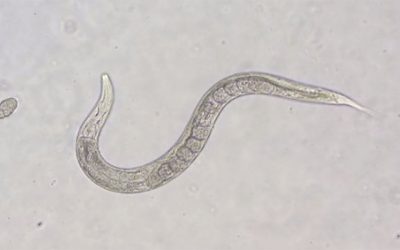Engineers have harnessed the chaotic patterns of random DNA sequences to create a unique authentication system for securing artwork and defending passwords from the looming threat of quantum computing.
Conventional encryption techniques use math and algorithms to create what are called one-way functions. As the name implies, an input is presented in the function which leads to a specific output, but due to the nature of the function, the equation is difficult to compute in reverse, creating a secure barrier against unauthorized access.
Researchers are concerned that quantum computing has the power to unravel these complex functions, leaving current encryption vulnerable. Robert Grass, a chemical engineer at ETH Zurich, believes one-way functions based on physical things, like DNA, rather than theoretical mathematics is the solution.
“Our system is based on true randomness,” said Grass in a press release. “The input and output values are physically linked, and it’s only possible to get from the input value to the output value, not the other way round.”
“Since it’s a physical system and not a digital one, it can’t be decoded by an algorithm, not even by one that runs on a quantum computer,” added Anne Lüscher, a doctoral student in Grass’ group.
Harnessing chaos for security
Using DNA as a physical one-way function works because of its ability to store vast amounts of information as sequences of base pairs. Unlike binary code, where a position in a sequence can be a one or zero, DNA uses four bases to build sequences, increasing the amount of data DNA can hold.
Accessing the data is possible because each base only binds to one other. Short stretches of DNA, called primers, are used to bind to a complimentary piece of DNA and initiate sequencing of the complimentary strand. However, to use this as an encryption method requires a little chaos.
Synthesizing DNA in a lab is now quite easy, and pools of millions of random DNA sequences can be built for roughly one US dollar. The immense number of combinations possible with four bases creates a molecular chaos whereby no two randomly generated DNA pools can be the same and are impossible to simulate even with the most powerful computers.
Therefore, a given set of primers used to sequence stretches of the pool will reveal a totally unique and unpredictable output. As a one way function, the primers act as the input and the random sequences the output.
Because DNA is so small, these pools can easily be added into paint or sprayed onto a small section of an object. The same primers can then be used to sequence the pool on the object and the master pool, and verify that the same sequence is returned.
Making it practical
While synthesizing the DNA pools is cheap and easy, the current limitation for this physical encryption method is the DNA sequencing, which is costlier and requires specialized labs.
“To make it practical we need more consumer-friendly sequencing technologies,” said Grass in an interview with Advanced Science News. “But that’s all things that are being developed for many other applications at the moment, so I’m not so afraid of that.”
The broader public won’t be using DNA passwords anytime soon, but the first applications could be protecting against forgery or securing the trackability of sensitive supply chains, like medicines. According to Grass, embracing the “chaos” of random DNA sequences is both unusual and exciting.
“Chemists hate [disorder],” he said. “Here, we are really building on that, we are going all in and saying we want as many side products as possible because we are going to work with the randomness it offers.”
Reference: Anne M. Luescher, et al. Chemical unclonable functions based on operable random DNA pools, Nature Communications (2024). DOI: 10.1038/s41467-024-47187-7
Feature image: DNA can be used to confirm the authenticity of valuable art prints. Credit: AI-generated image, ETH Zurich

